
Food systems and diets: Facing the challenges of the 21st century
According to the latest Foresight Report from the Global Panel on Agriculture and Food Systems for Nutrition (GLOPAN), three billion people around the world consume low-quality diets, and this nutrition crisis will likely only get worse in the coming decades. Population growth and climate change will place increasing stress on food systems, particularly in Africa and Asia. At the same time, rapidly increasing urbanization, particularly in these two regions, will affect hunger and nutrition in complex ways.
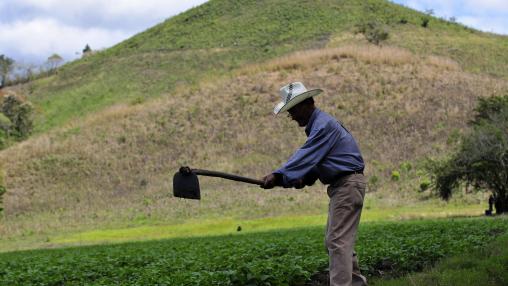
March Crop Monitor for Early Warning Released
The March edition of The Early Warning Crop Monitor was recently released, bringing together the monitoring efforts of international, regional, and national organizations on crop conditions within countries at risk of food insecurity. The subregions covered in the monitor are: East Africa and Yemen, West Africa, Northern Africa, Southern Africa, Southeast Asia, Central Asia, and Central America and the Caribbean.
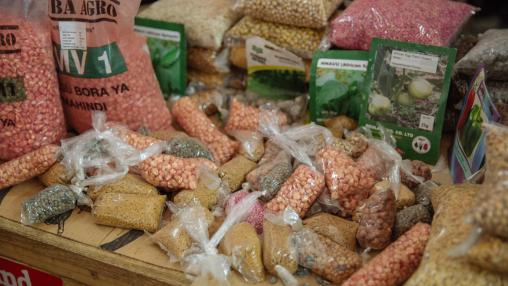
Transmission of Grain Prices and Grain Price Volatility from World to Local Markets
Since the 2007-2008 food price crisis, food price volatility has been front and center in the international development conversation. The period of the crisis saw a dramatic rise in the international price of grains and other important commodities, while the years immediately following the crisis saw increasing grain price fluctuations on the international market.

Famine in Africa: Urgent Action Needed
This post was first published on the Africa South of the Sahara Food Security Portal
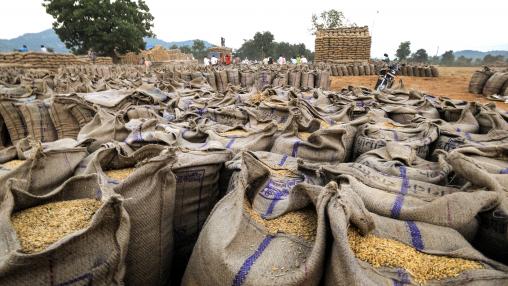
What role do markets and trade play in climate change adaptation?
Global trade is a complex, politically charged issue that has important implications for the global food system.
A recent paper in Food Policy, “Do Markets and Trade Help or Hurt the Global Food System Adapt to Climate Change” , investigates whether markets and trade aid or inhibit the global food system ability’s to adapt to climate change. The discussion and themes raised in the paper are based on results collected from a wide variety of sources.
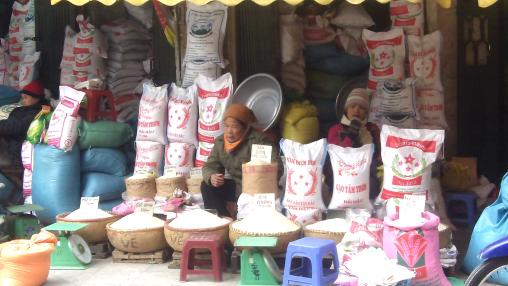
Latest FAO Food Price Index and AMIS Market Monitor Released
The latest FAO Food Price Index was released last week, citing slightly higher food prices from January. The February Index rose by 0.9 points from the previous month. While this is a very slight increase, the Index is 17.2 percent higher than its February 2016 levels. It has now reached the highest level seen since February 2015.
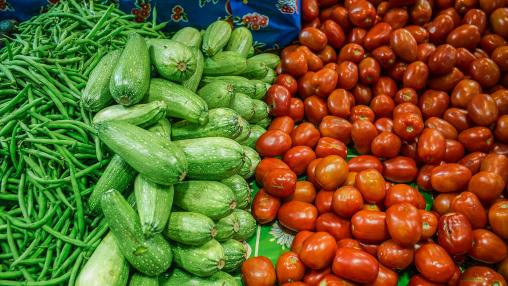
The Future of Food and Agriculture: Trends and challenges
FAO estimates that around the world, about 795 million people still suffer from hunger and more than two billion people suffer from micronutrient deficiencies or forms of over-nourishment. Simultaneously, historical and future achievements in food security are under threat due to climate change and increasing pressures on natural resources.
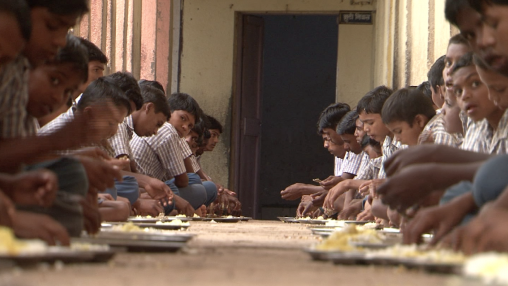
Improving Nutrition through Biofortification
Micronutrient deficiencies afflict more than two billion individuals worldwide. These deficiencies occur when the intake and absorption of vitamins and minerals are too low to sustain good health and development.
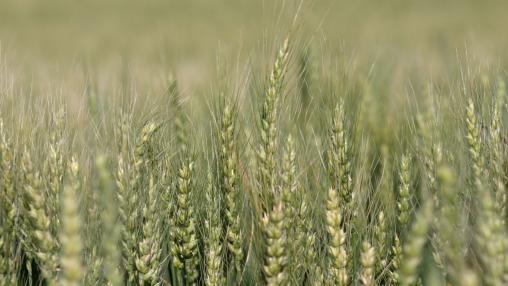
FAO Food Price Trend Report Released
The FAO’s monthly report on food price trends was released on February 13. The bulletin reports on recent food price developments over the past month at the global, regional, and country levels, with a focus on developing countries, and provides early warnings for high country-level food prices that may negatively affect food security.
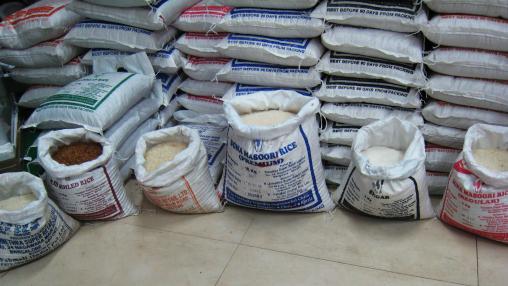
Latest WASDE Report Released
Global wheat supplies dropped by 4.2 million tons this month due to sharply reduced production in India and Kazakhstan, according to the latest USDA World Agricultural Supply and Demand Estimate (WASDE) report . WASDE also raised its global wheat use estimates for 2016-2017 based on higher feed and residual use. This combination of falling global supplies and increasing global demand has led world ending stock estimates to be reduced by 4.7 million tons.